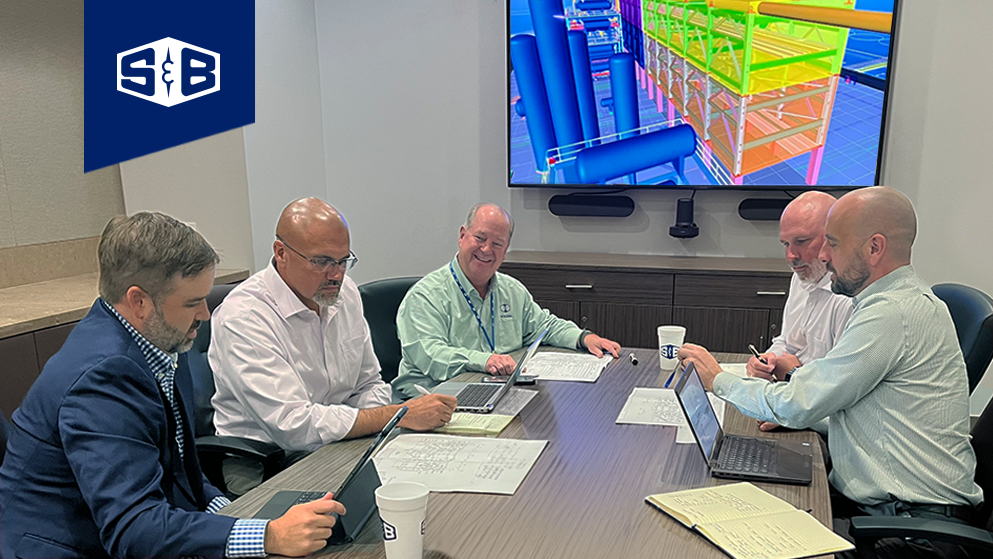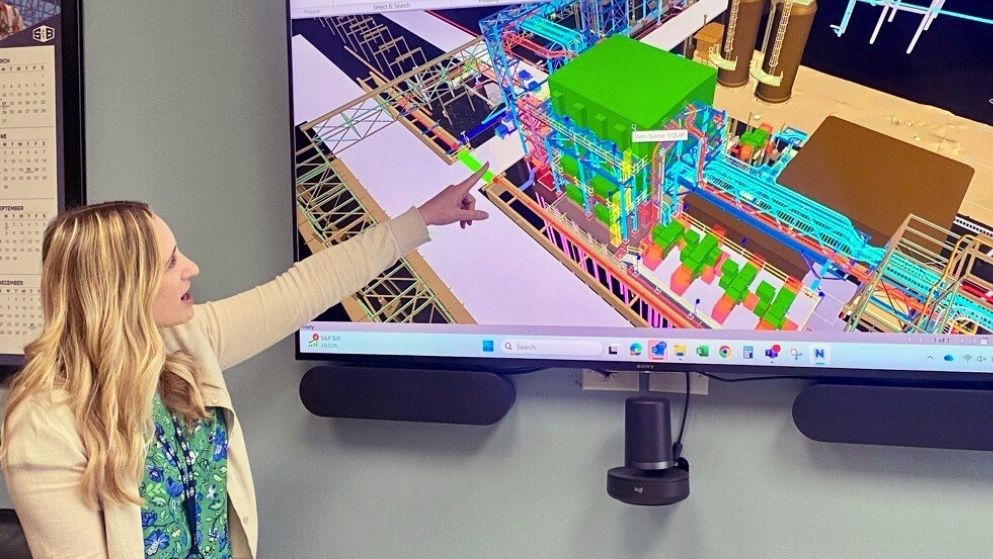Utilizing modular construction can help mitigate project risks through increased safety, efficiency and productivity in a controlled environment. However, S&B recognizes that modularization isn’t a one-size-fits-all solution. Instead, it's one of many strategic tools we employ to realize each project's full potential.
In this article, we delve into how S&B determines when modularization is the right fit for a project and why a flexible approach creates better outcomes throughout the supply chain.
Modularization As a Strategic Tool
Modularization involves constructing portions of a project off-site in controlled environments and then assembling them on the main job site. This method boasts numerous benefits, including faster project timelines, reduced costs, enhanced quality control and improved safety conditions. But modularization is not always the most beneficial route for every project.
Because modularization requires upfront investment in engineering and procurement costs, deciding whether or not to use modular construction begins early in the project planning and bidding phases. S&B evaluates a set of critical drivers to determine the feasibility and benefits of modularization. It serves as one of the initial gates in S&B’s screening process when a prospect comes to the table.
Key factors to consider include:
Geographical Location: The feasibility of transporting large modules is crucial. Projects near waterways may benefit more from modularization due to easier transportation logistics.
Site Accessibility: Projects in remote or congested areas may find modularization advantageous as it reduces on-site activities, thus minimizing disruptions.
Labor Availability: Assessing the availability of skilled labor in the project area helps determine whether off-site construction might be more effective.
By evaluating these drivers early in the process, S&B can further refine and develop the right strategy to cater to the project’s unique needs and requirements.
Collaboration and Fabrication Alliances
One difference in S&B's approach is our strong collaboration with customers and fabrication partners. Rather than maintaining an in-house fabrication shop, S&B has a strong network of established fabricators that we continuously partner with. We rely on early and frequent communication with these partners throughout the project stages to ensure the project's success.
While many firms may force modular solutions into projects to generate more business for their fabrication yards, S&B has no such business driver and takes an unbiased approach. This frees us to choose strategies that truly benefit the project. We focus on collaboration and close-knit relationships with our fabricators. By partnering closely with those select few top-tier fabricators, we ensure quality and reliability, minimizing the chances of cut corners and rushed timelines.
It is critical to bring customers and fabrication partners into the planning process early. Fabricators' early involvement allows us to incorporate their insights into design challenges, transportation limitations and on-site assembly requirements.
The Economics of Modularization
Deciding whether to opt for modular construction involves a detailed cost-benefit analysis. Modularization might incur higher upfront design and procurement costs as engineering, and procurement activities must advance earlier in the project lifecycle. However, these costs can often be offset by:
Reduced Project Timelines: Simultaneous off-site fabrication and on-site construction activities can significantly shorten project schedules, resulting in economic benefits.
Decreased On-Site Labor Costs: With much of the construction done off-site, projects can reduce on-site labor needs, which can be particularly beneficial in regions with high labor costs.
Minimized Risks and Contingencies: Modular construction can help mitigate risks like weather delays and site disruptions, potentially leading to fewer overruns and additional costs.
Agility and Adaptability
Agility and a strategic vision are at the core of S&B’s approach. In some cases, S&B’s modularization study shows that it's better to use stick-built methods on a project. This adaptability ensures that solutions align perfectly with project goals—whether that means reducing costs, meeting tight schedules or improving safety and quality.
S&B’s evolving expertise is built on lessons learned and industry best practices. As an organization, we are committed to continuous improvement and innovation, leveraging modularization when—and only when—it makes the most sense for the project. This approach secures better project outcomes and enhances client satisfaction by delivering solutions that are genuinely aligned with project needs.
S&B's Commitment to Strategic Excellence
S&B uses modularization as a flexible, strategic tool among many others. Our commitment to early engagement, collaborative partnerships, and rigorous evaluation ensures that every project benefits from the most suitable construction strategy, be it modular, hybrid, or traditional stick-built.
For more information on how S&B can help you achieve your project goals through strategic construction planning, contact our experts today. Whether your priorities lie in schedule, cost, or quality, S&B has the experience and expertise to deliver exceptional results.




